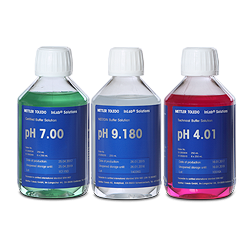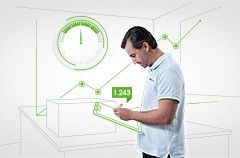
pH Standard Solutions
Laboratory Standard Solutions for pH, Conductivity, Ion Concentration, Dissolved Oxygen and ORP
Laboratory standard solutions cover calibration, maintenance, storage, and cleaning processes, and provide accurate pH, conductivity, ion concentration, ORP/redox, and dissolved oxygen readings. They are available in bottles or single-use sachets.
800 METTLER (800 638 8537)
Call Service Explore Our Services - Tailored to Fit Your Equipment
We support and service your measurement equipment through its entire life-cycle, from installation to preventive maintenance and calibration to equipment repair.
Uptime
Support & Repair
Support & Repair









